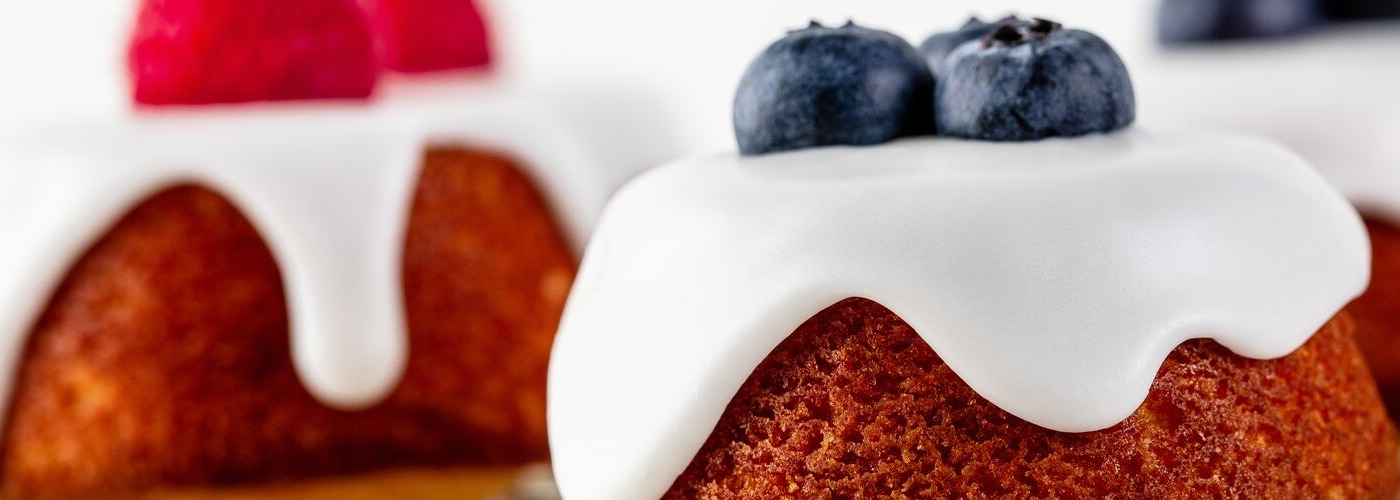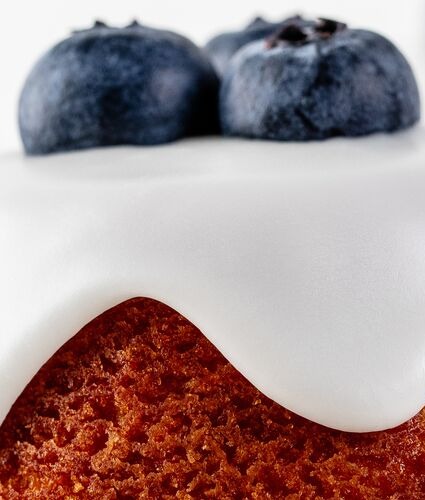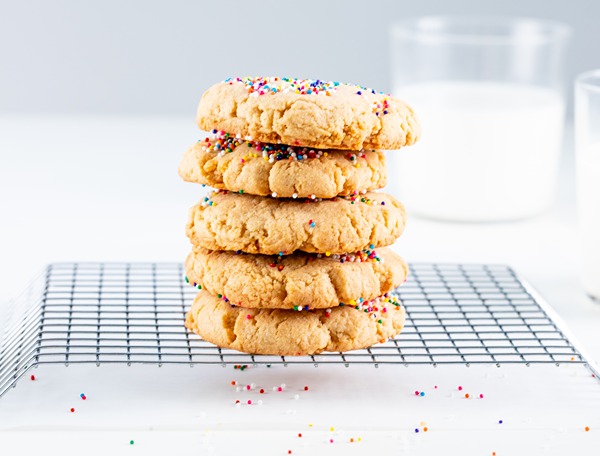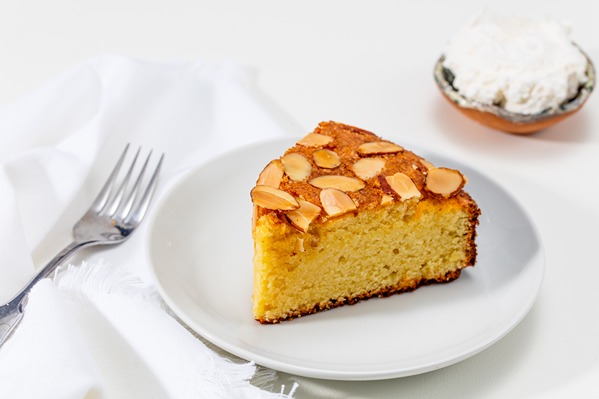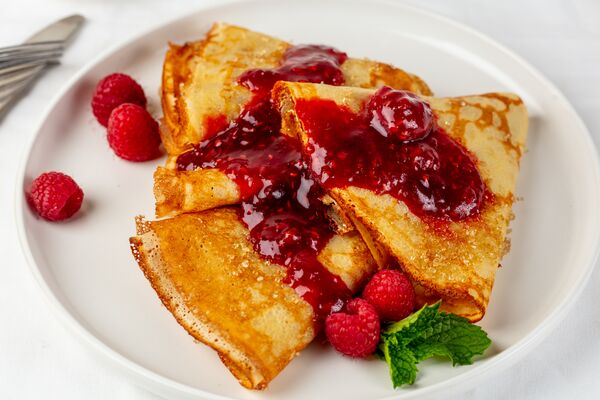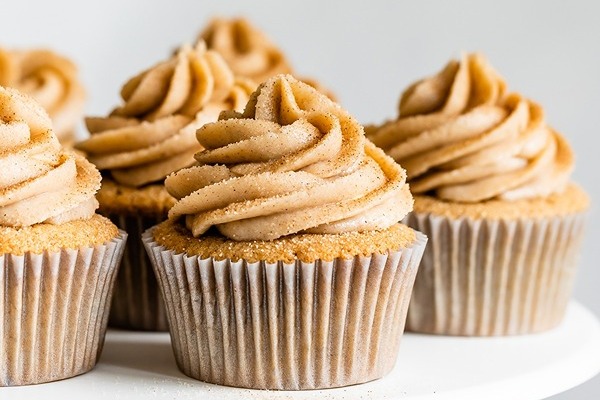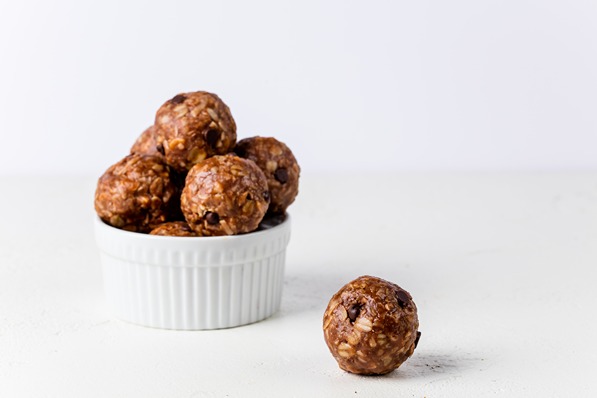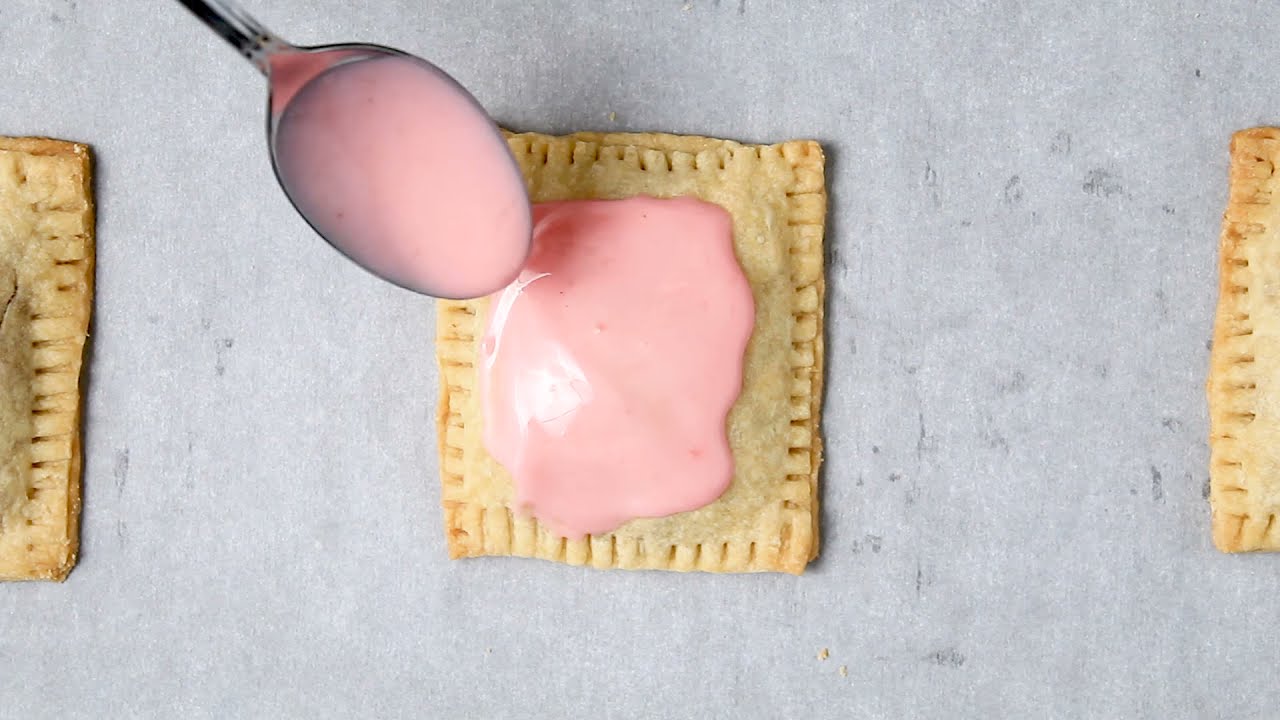
Categories: Do-It-Yourself / everyday baking
Gluten Free Baking Tips & Tricks
Learn How to Bake Gluten-Free
Ready to bake something sweet without wheat? We’re here to help. Switching to gluten-free is no small task, but with a few tricks and the right substitutes, you’ll be creating delicious, gluten-free treats in no time.
What is Gluten?
Gluten is a protein complex, formed mostly of the gluten proteins gliadins and glutenins. When flour is mixed with water and mixed into a dough, a large network of coiled proteins form gluten. It’s what gives baked goods their shape, adding an elastic, chewy texture to batters and doughs.
Does Removing Gluten Mean Skipping on My Favorite Foods?
Not at all. Removing gluten from your diet doesn’t mean you have to sacrifice any of the foods you love. Over the last 10 years, more and more people have made the switch, and there are literally thousands of gluten-free products out there. This shows: if it can be made with gluten, it can be made just as well (if not even better) gluten-free.
Four Tricks for Baking Gluten-Free
1. Measuring
When it comes to accurately measuring your ingredients, gluten-free recipes can be a little tricky. The flours and starches are finer than traditional wheat-based flours, which make them harder to pack evenly and consistently. So if you’re using a measuring cup, you’ll need to spoon your flour slowly, occasionally shaking to settle evenly. Note: If you’re looking for an easier way to measure, try using a kitchen scale. This will guarantee accurate measurements.
2. Mix Batters Longer
While conventional wisdom has taught us not to overmix our batters, we’ve found most gluten-free batters simply need to be stirred for longer. If you’re worried this will turn your muffins and cakes rubbery, have no fear. Gluten-free recipes need to have more structure. This will help them rise, create a nicer chew and help support stir-ins (fruits, nuts).
3. Let Your Batters & Doughs Rest
As long as you have the time, it’s better to let your batters and doughs sit. This will give flours and starches time to absorb liquid, which will prevent your recipes from developing a gritty, sandy texture. We recommend covering your batters and doughs and letting them rest for at least half an hour. Note: This will also help batters become thicker and doughs to firm up.
4. Timing is Key
While visual cues like the toothpick test and pressing the top of the cake will still help, the best way to determine if your baked goods are perfectly done is with a timer and oven thermometer. This is because gluten-free treats often look underdone and slightly wet inside after baking. The starches only set and firm up after cooling, so at first glance, you may think more time is needed in the oven. To make sure your goodies are properly baked, use an oven thermometer to ensure accurate baking temps and carefully follow the recommended baking time for your recipe.
Easy Substitutes for Starches
Whether you’re thickening pie fillings or adding a chewier consistency to your baked goods, starches are a must for many recipes. When baking gluten-free, there are four common starches, including cornstarch, tapioca starch, arrowroot starch and potato starch. Each one of these has its own purpose, so make sure to check the recipe to determine the right one.
Note: If you’re looking to add elasticity to your baked goods, then use Xanthan Gum. It’s commonly used in gluten-free recipes of all kinds.
Great Substitutes for Flour
As one of the main ingredients for batters and doughs of all kinds, it may not surprise you to learn there are dozens of gluten-free flours out there. But the four most common ones are almond flour, chickpea flour, rice flour and potato flour. Since there is no universal replacement for traditional flour, these four gluten-free options are often blended together in varying amounts. Just check your recipe to determine how much to mix.
When mixing, keep in mind: Each flour has its own weight, so use the overall weight to determine the amount of flour to use.

